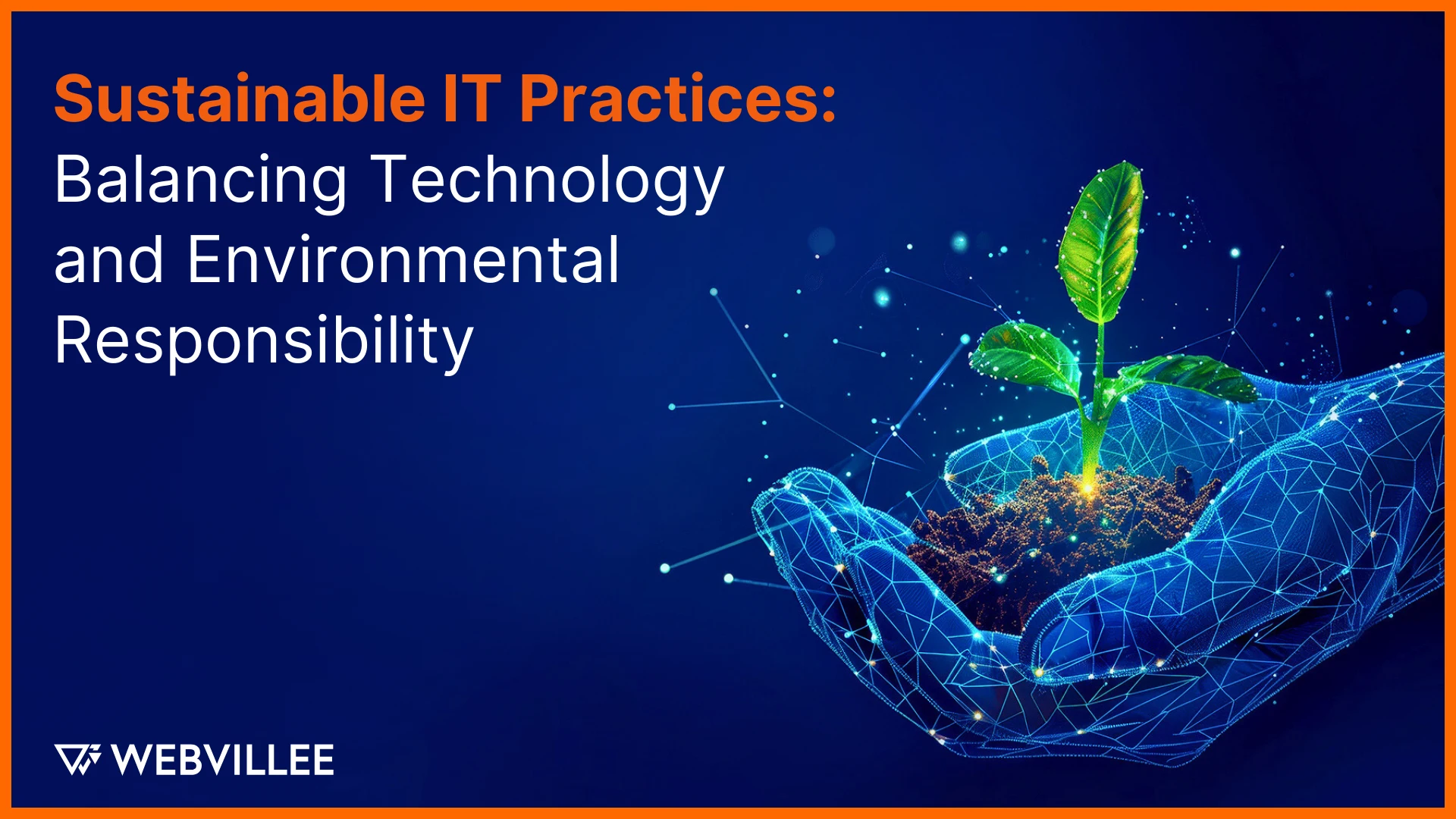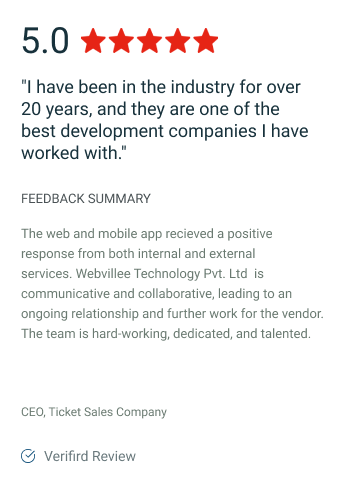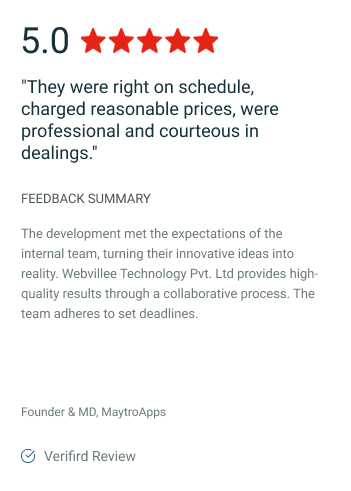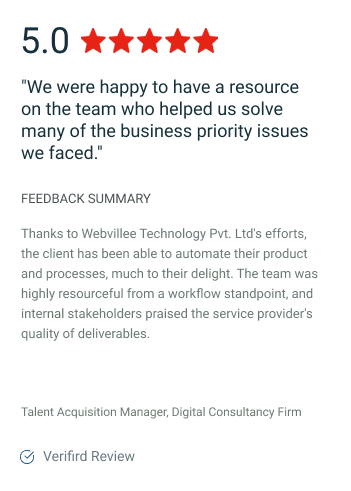Sustainable IT, also known as Green IT, is an approach to corporate information technology that aims to minimize the environmental impact of IT operations and their contribution to climate change. It involves implementing strategies, technologies, and practices that support business objectives while minimizing the environmental impact of IT operations. With increasing digitalization, the carbon footprint of IT infrastructure is a significant issue, as the information and communication technology (ICT) sector is responsible for a notable percentage of global greenhouse gas emissions. Sustainable IT practices are essential for reducing the environmental impact of IT operations, achieving cost savings, and promoting social responsibility.
Key Principles of Sustainable IT
Prioritizing sustainability within IT operations has become imperative for modern organizations as technology continues to advance. Here are key principles to consider:
- Reducing energy consumption A core objective of green IT is to lower the energy usage of information technology operations, which can be achieved through optimizing software for better energy efficiency.
- Minimizing e-waste Sustainable IT strategy considers the entire product lifecycle, from design and manufacturing to end-of-life management. It also includes designing products for longevity, reuse, reparability, and recycling, and implementing effective e-waste management programs to ensure proper disposal and recycling of IT equipment, which reduces landfill use.
- Maximizing economic viability Greater energy and resource efficiency can lead to cost savings across an enterprise. Companies can achieve considerable cost savings through energy-efficient operations and optimized resource usage. Lower energy bills, reduced hardware expenses due to virtualization, and savings from recycling programs contribute to a healthier bottom line.
- Ensuring social responsibility Sustainable IT practices are essential for reducing the environmental impact of IT operations while achieving cost savings and promoting social responsibility.
Strategies for Implementing Sustainable IT
To minimize the environmental impact of IT operations, several strategies can be implemented:
- Transitioning to Renewable Energy Sources: Switching to renewable energy sources, such as solar, wind, or hydropower, can significantly reduce the carbon footprint of IT operations. This transition decreases reliance on fossil fuels, major contributors to greenhouse gas emissions and climate change, and might reduce overall energy costs. Many technology companies commit to powering their data centers and operations with 100% renewable energy.
- Cloud Computing and Virtualization: Moving IT workloads to the cloud reduces the need for physical infrastructure, thus saving energy and reducing e-waste. Cloud providers often have access to renewable energy sources and can implement advanced cooling techniques, making their data centers more energy-efficient than on-premises versions. Virtualization allows multiple virtual machines to run on a single physical server, reducing the need for extra hardware. Fewer servers mean less electricity is needed for power and cooling.
- Responsible Sourcing: Sourcing IT products and services from suppliers that prioritize sustainability can help reduce the environmental impact of the IT supply chain. This consideration includes the extraction of raw materials and natural resources, manufacturing processes, and transportation, which contribute to Scope 3 emissions.
- Sustainable Software Development: Sustainable software development focuses on efficient coding practices that reduce the required processing power and memory, which in turn reduces energy consumption. Green coding practices can include optimizing algorithms for efficiency, reducing redundancy in code, and designing software to enter low-power states when idle. Sustainable software is also designed to be long-lasting and adaptable to future changes, reducing the need for frequent replacements or updates.
- AI and IoT Solutions: Artificial intelligence (AI) can optimize processes, predict system failures, and automate routine tasks, reducing energy consumption and waste. Machine learning (ML) algorithms can analyze patterns in data to improve energy efficiency, and Internet of Things (IoT) devices can monitor energy usage in real time for efficiency. For example, smart thermostats in data centers can optimize cooling based on actual needs, which reduces waste.
- Implementing Green Policies: Establishing green policies within an organization is one of the first steps in reducing an IT carbon footprint. These policies should include guidelines for energy-efficient device usage, promoting remote work to decrease travel-related emissions, and encouraging the use of cloud services, which typically have a lower IT carbon footprint compared to traditional data centers. By adopting green policies, a framework is created that supports sustainability at every level of IT operations.
Benefits of Sustainable IT Practices
Implementing sustainable IT practices offers numerous advantages:
- Environmental Benefits Sustainable IT significantly reduces greenhouse gas emissions by lowering energy consumption and promoting the use of renewable energy sources. Efficient cooling systems in data centers and energy-efficient hardware contribute to a substantial reduction in electricity usage. Moreover, responsible e-waste management prevents harmful chemicals from polluting the environment.
- Economic Benefits Companies can achieve considerable cost savings through energy-efficient operations and optimized resource usage. Lower energy bills, reduced hardware expenses due to virtualization, and savings from recycling programs contribute to a healthier bottom line. Additionally, adopting sustainable practices can enhance a company’s reputation, attracting environmentally conscious customers and investors.
- Social Benefits Sustainable IT practices enhance a company’s reputation, attracting environmentally conscious customers and investors. Such initiatives improve brand reputation, as consumers and investors make environmental sustainability a priority. Embracing sustainability efforts can drive innovation and provide a competitive advantage, as companies develop new technologies and business models to achieve a more sustainable future.
Challenges and Solutions
While the benefits of sustainable IT are clear, there are also challenges to its implementation:
- High Initial Costs Transitioning to energy-efficient hardware and renewable energy sources may require significant upfront investments.
Solution: Emphasize long-term cost savings through reduced energy consumption and waste. - Infrastructure Compatibility Integrating new sustainable technologies with existing IT infrastructure can be complex and may require significant upgrades.
Solution: Develop a strategic approach that involves phased implementation and careful planning. - Resistance to Change Employees may resist adopting new sustainable IT practices due to lack of awareness or concerns about productivity.
Solution: Provide education and training to promote awareness and demonstrate the benefits of sustainable IT practices.
Integrating Sustainable IT Practices
Integrating sustainable IT practices into an organization requires a strategic approach that involves both policy development and practical implementation. Start by assessing current IT operations and identifying areas where sustainability can be improved. This might include transitioning to energy-efficient devices, establishing a formal recycling program, and implementing green policies that encourage responsible IT usage.
Education and awareness are also key. Keep teams informed about the importance of sustainable IT practices and train them on how to implement them in their daily work. Regularly review and update policies to reflect new technologies and best practices in sustainability. By taking these steps, an organization can reduce its environmental impact and position itself as a leader in corporate sustainability.
The Role of CIOs and IT Leaders
IT leaders and chief information officers (CIOs) are pursuing sustainable IT practices as businesses increasingly prioritize corporate responsibility efforts. An effective sustainable technology strategy helps drive business growth and ESG performance by delivering on three imperatives:
- Using the power of technology to enable and accelerate sustainability efforts across the organization.
- Protecting people and the planet by making technology itself progressively more sustainable.
- Pursuing breakthrough innovation with ecosystem partners to develop radically different and more sustainable ways of doing business in the future.
Future Trends in Sustainable IT
As the IT sector evolves, several trends are expected to shape the future of sustainable IT:
- Centralized Data Centers Emphasis on centralized data centers, renewable energy, and innovations like nuclear-powered data centers.
- Eco-Friendly Software Development of eco-friendly software and optimized algorithms to reduce energy consumption.
- Addressing Risks Addressing risks like greenwashing and monopolization to ensure genuine sustainability efforts.
Conclusion
Sustainable IT practices are essential for reducing the environmental impact of IT operations while achieving cost savings and promoting social responsibility. By adopting energy-efficient hardware, optimizing data center operations, utilizing virtualization and cloud computing, and managing e-waste responsibly, organizations can significantly contribute to environmental conservation. As the IT industry continues to evolve, embracing sustainability will not only benefit the planet but also enhance corporate reputation and operational efficiency. Companies are encouraged to take proactive steps towards implementing sustainable IT practices, setting a positive example for others to follow and contributing to a more sustainable future.





